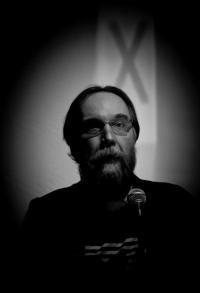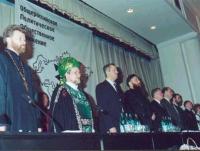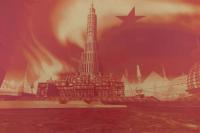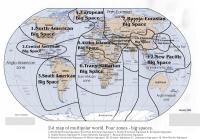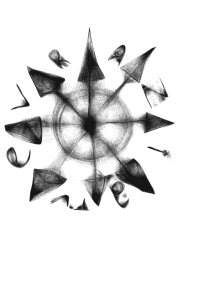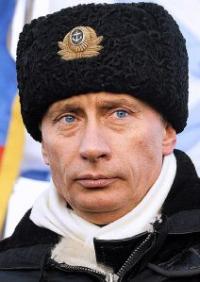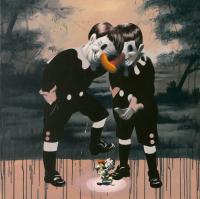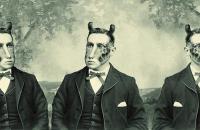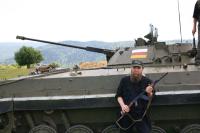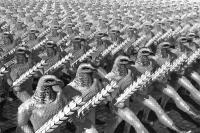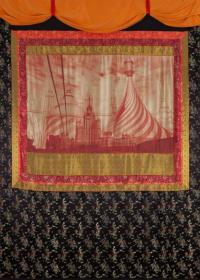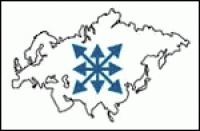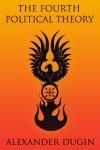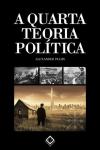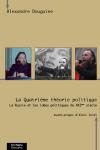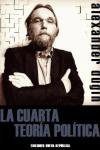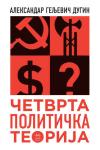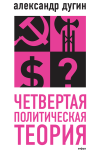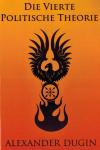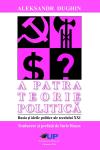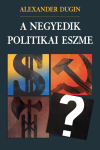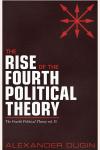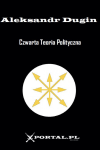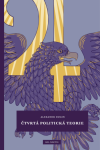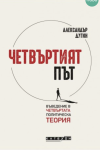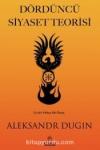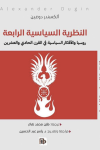EURASIAN IDEA AND POSTMODERNISM
Almost all religions and traditions claim – globalization, “new world order” , “unipolar world”, “world cabinet” – are symbols of Lucifer , strategic constructions of “God enemies” – Archangel Michael`s direct enemies. Christians identify this “new world order” as “antichrist”, muslims as “dadjallah”, judes – “great melting” (“erev rav”), hinduists – as forces of Kali Juga, Buddhists – Mara, demon of illusion.v On the other side of all differences between doctrines, rituals and dogmata exists special tradition – tradition of Archangel Michael, “michaelic” veiled light. It is affiliation of human to “hierohistory”, right (and obligation) to be a soldier of one of the two opposing armies.
Eurasian idea in its highest sense – projection of michaelic, vertical outtime pillar of light on history in its final stage of redemption.
Archangel Michael is often pictured with a sword in one hand and with scales in another. Scales mean justice. German philosopher M. Haidegger in his “Holzwege” analyzed very important for us poem of Rhien Maria Rilke. It was about “handing over the scales from merchant to Archangel”.

